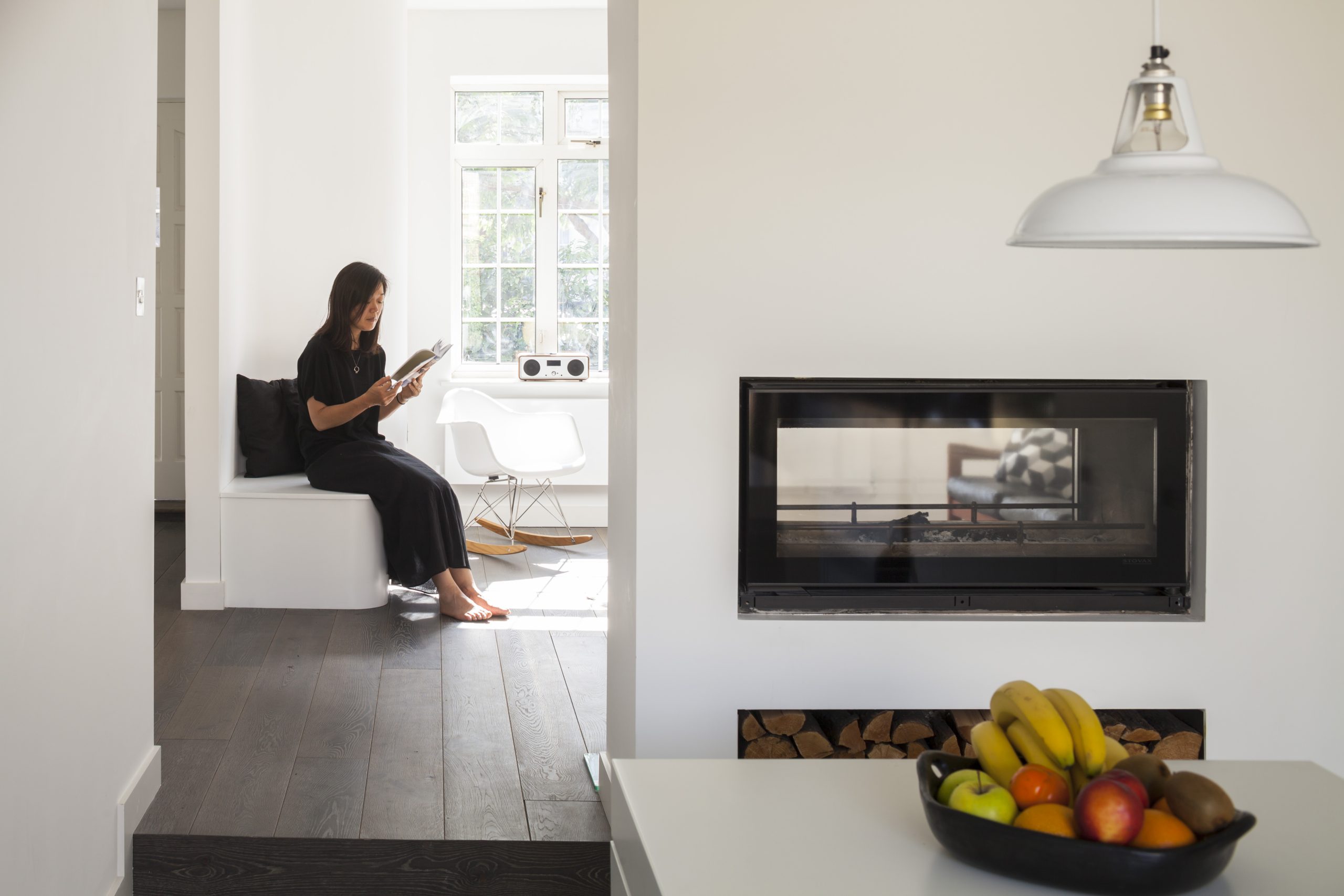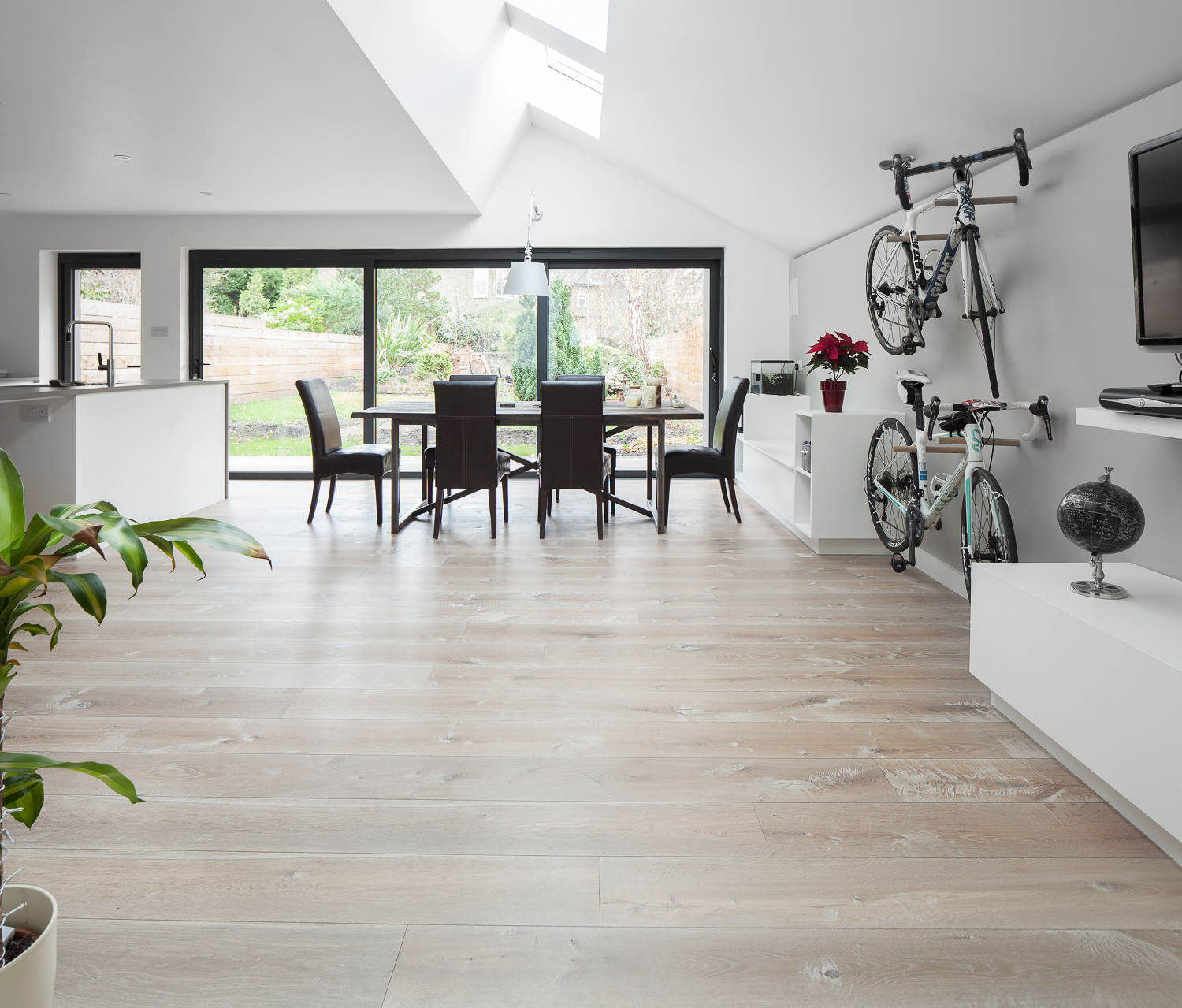
Indoor air has been regulated for decades, but an increasing body of scientific evidence reveals that the indoor air quality within residential, institutional and commercial buildings can be more seriously polluted and harmful than the outdoor air.
Research also reveals that we spend 90% of our time indoors. Consequently, for many people, exposure to air pollution indoors has a significant impact on their health and quality of life than outdoors.
More importantly, people who may be exposed to air pollutants inside a building for a prolonged time are often those most sensitive to the effects of high concentrations of indoor air pollution.
Some of the most vulnerable groups include infants, the elderly, and the chronically ill, especially those suffering from allergies, chronic respiratory or cardiovascular disease.
What causes indoor air problems?
Odourless and colourless toxic gases and particles, inadequate ventilation and high temperature and humidity levels are the primary contributors to indoor air quality problems in buildings. Indoor air pollution can be emitted from damp surfaces, cooking, heating, household cleaning and personal care products, insect sprays, paint, furnishings and more.
Many contaminants that grow in damp environments, such as insects, dust mites, mildew and moulds, often manifest when we need to keep doors and windows closed to keep the insides of our buildings cool in the summer or warm in the winter.
A National Air Quality Testing Services (NAQTS) study commissioned by environment charity Global Action Plan highlights health threats posed by indoor air pollution. The study describes UK homes as “toxic pollution boxes” that are facing poor air quality, that is on average 3.5 times worse inside than outside, peaking at 560 times outdoor air pollution.
NAQTS studied four properties around the UK: London, Pontypridd, Liverpool and Lancaster, in April and May 2019 — and found remarkably similar patterns of ultrafine air pollution particles, over a 24-hour period inside and outside the four properties.
Research data revealed that activities such as cooking or burning wood alongside outdoor air pollution adds to indoor air pollution building up in the home, and takes longer to disperse.
Researchers also identified that all four homes exceeded some aspect of the World Health Organization guidelines on safe air pollution levels. Toxic substances such as formaldehyde were found to be up to eight times above safe limits, and volatile organic compounds (VOCs) were up to 10 times the healthy limit, with carbon dioxide three times the healthy level.
“This study provides early indicators of the scale of the air pollution challenge that we face in the UK — not only on our streets but in our homes,” says Professor Stephen Holgate, a leading health and air pollution expert at the University of Southampton.
“With children spending increasing hours indoors exposing them to ultra-fine particles of pollution, which can enter the bloodstream and could have a greater impact on vital organs, urgent action needs to be taken to address this issue of indoor air pollution.”
Another research conducted by Opinium Research, as part of the Clean Air Day campaign has found:
- Only 36% of adults are aware of the effects of indoor air pollution on their health compared to 85% of UK adults that are familiar with the effects that outdoor air pollution has on their health.
- Three in five (60%) were unaware of any actions they can take to reduce indoor air pollution.
- Householders are attempting to improve the ambience of their homes — nearly half (48%) of UK adults burn candles to improve the ambience of their home, while a similar number use air fresheners (53%).
- One in six (16%) of those surveyed identified smelly food as a key source of indoor air pollution.
- Those surveyed were asked about the effects that personal care products have on air pollution in the home. Whilst a massive 80% of those questioned identified the indoor effects that hairspray has on pollution, two thirds (68%) had no idea that fake tans products are also harmful.
Indoor air and human health
According to the Environmental Protection Agency (EPA), if too little outdoor air enters a room, the indoor air pollutants can aggravate, irritate, and in some cases be life-threatening — and symptoms may be experienced as soon as one is exposured or, in some instances, years later. Immediate effects include irritation of the eyes, nose, and throat, headaches, dizziness and fatigue.
These are usually short-term and treatable. A simple treatment may involve eliminating the person’s exposure to the source if it can be identified. Other symptoms that may develop soon after exposure include; asthma, hypersensitivity pneumonitis, and humidifier fever,
Some health issues may develop years after exposure to hazardous pollutants or only after long or repeated periods of being in a place that has problems with indoor air quality. These effects can be long-term and severely debilitating or fatal: respiratory diseases, heart disease, and cancer. It is crucial to try to improve the air quality of your indoor environment even if symptoms are not noticeable.
Preventing indoor pollution
1. Source control
The most effective strategy recommended to improve indoor air quality is to identify and eliminate the source of the problem. Some sources that have a high concentration of VOCs can be removed completely from the indoor environment. While others, like ensuring proper adjusting and maintenance of all fuel-burning appliances and limiting or avoiding the use of products such as candles and deodorizers can help decrease the amount of emissions.
2. Ventilation improvements
Efficient ventilation helps lower the concentration of indoor air pollutants. Opening windows and doors, using window or built-in fans when the weather permits, and keeping air ventilation systems clean can introduce outside air into the building and exhaust stale indoor air in order to remove or dilute it.
Better yet, adequate room ventilation has been shown to reduce dust mites, mould, and other organisms that have accumulated inside. More importantly, good ventilation is linked to better school performance, work productivity and a lower rate of absenteeism.
Conclusion
Many factors make the air inside our buildings unhealthy. While indoor air pollution can aggravate allergies and cause sneezing, coughing, and itchy eyes, it can also attribute to extreme health problems such as respiratory disease and lung cancer.
Poor upkeep of ventilation, dampness and moisture, lack of fresh outdoor air or contaminated air being brought into the building are some of the few causes of indoor air pollution. The good news is if you’re looking for ways to improve the quality of your indoor environment, a lot can be done.
The elements of good indoor air quality should include comfortable temperature and humidity levels, adequate supply of fresh outdoor air, and proper control of pollutants from inside and outside of the building.






